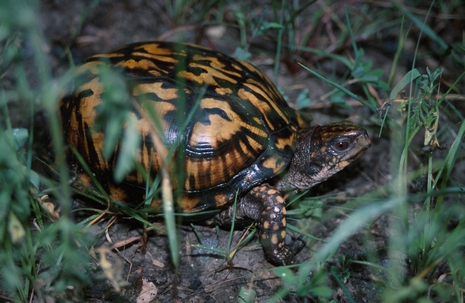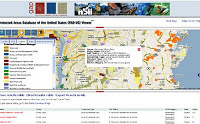 Five new datasets have been submitted to the Biogeographic Information and Observation System (BIOS). BIOS is the California Department of Fish and Game hosted infrastructure in the state to provide access from a single location to key biological datasets for habitat conservation planning and other activities by researchers and managers. Four datasets from CalTrans San Diego of vegetation mapping and sensitive species surveys from 2006 were submitted as well as a dataset of Wandering Skipper survey data conducted by the San Diego Association of Governments (SANDAG).
Five new datasets have been submitted to the Biogeographic Information and Observation System (BIOS). BIOS is the California Department of Fish and Game hosted infrastructure in the state to provide access from a single location to key biological datasets for habitat conservation planning and other activities by researchers and managers. Four datasets from CalTrans San Diego of vegetation mapping and sensitive species surveys from 2006 were submitted as well as a dataset of Wandering Skipper survey data conducted by the San Diego Association of Governments (SANDAG).(Photo: Screen capture of the BIOS online's California Department of Fish and Game - IMAPS Viewer)





 In 2009, a team of
In 2009, a team of 

